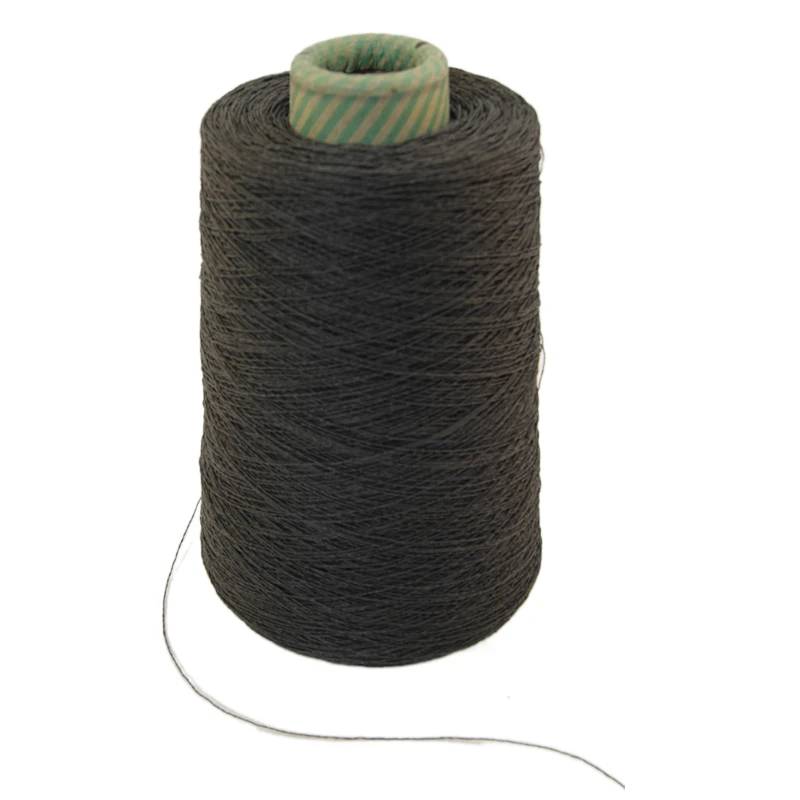Paper Textile Overview
Paper textile refers to the use of paper as a material in the textile industry. This innovative approach involves converting paper into yarns that can be woven or knitted into fabrics. Paper textiles have been used historically and continue to be developed for various applications.

Historical Context
During wartime Europe, particularly in Germany, paper yarns were developed due to the scarcity of traditional textile fibers. These yarns were used to produce a wide range of clothing and home textiles. Despite initial quality issues, improvements were made over time.
Modern Innovations
Modern paper textiles, such as papertex™, are created using advanced technologies inspired by nature, like the paper wasp. These textiles offer several benefits:
Lightweight: Made from thin, light paper.
Moisture Management: Absorbs and dries moisture quickly.
Comfortable: Gentle on the skin and breathable.
Sustainable: Biodegradable and derived from renewable resources.
Applications
Paper textiles can be used in:
Fashion: Clothing, accessories, and footwear.
Home Textiles: Curtains, upholstery, and bedding.
Promotional Products: Tote bags, banners, and wearables.
Choosing Textile Printing Paper
When selecting paper for textile printing, consider:
Heat Transfer Paper: Ideal for small runs and detailed designs on cotton fabrics.
Sublimation Paper: Best for polyester fabrics, providing vibrant and long-lasting colors.
Digital Inkjet Textile Paper: Suitable for on-demand printing with flexibility in design.
Maintenance Tips
Storage: Keep in a cool, dry place away from direct sunlight.
Clean Workspace: Ensure a dust-free environment to maintain print quality.
Regular Printer Maintenance: Clean printer heads regularly to avoid ink blockage.
Conclusion
Paper textiles represent a blend of historical ingenuity and modern technology, offering sustainable and versatile solutions in the textile industry. They are suitable for various applications, from fashion to home decor, and require specific care to maintain their quality.









